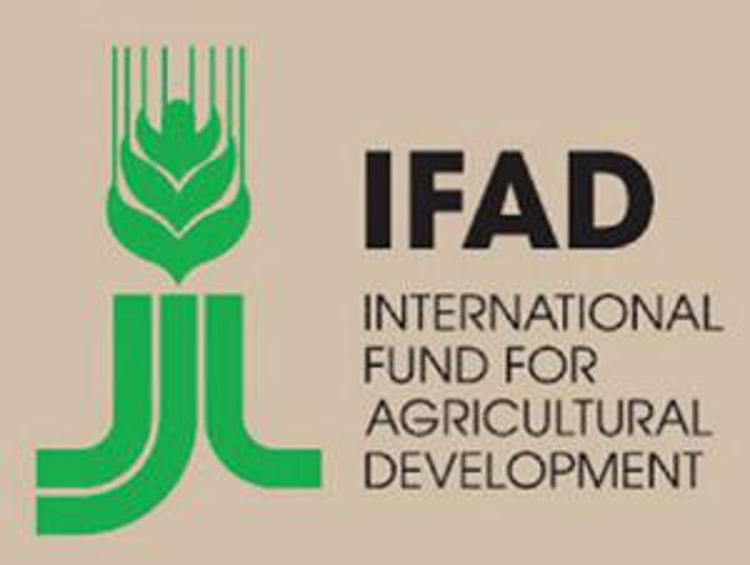

Remittances are a key driver of development in the Asia-Pacific region and the public and private sector must work together to leverage their immense economic potential, speakers at a high-level meeting in the Malaysian capital Kuala Lumpur said on Tuesday.
"With a broad global consensus on the power of remittances to drive development, it is high time that we move beyond recommendations and implement scaled-up initiatives," said Charlotte Salford, Associate Vice-President of the United Nations International Fund for Agricultural Development (IFAD).
Salford is a keynote speaker at the three-day Global Forum on Remittances, Investment and Development in Kuala Lumpur taking place from Tuesday to Thursday, which has attracted over 400 participants.
The conference aims to explore ways to increase the efficiency of remittance markets and services, improve financial inclusion and stimulate diaspora investments, IFAD said in a statement.
Remittances to low- and middle-income countries – the money migrant workers sent back home to their families – amounted to 256 billion dollars in the Asia Pacific region in 2017 according to a new IFAD report.
This massive sum of money amounts to 10 times the net official development assistance going to the region, IFAD noted.
Remittances are particularly crucial in rural areas where poverty is the highest. China (64 billion dollars) and the predominantly rural countries of India (69 billion dollars) and the Philippines (33 billion dollars) are the three countries to which migrant workers send the most money while Pakistan (20 billion), and Viet Nam (14 billion dollars) are among the top ten, IFAD said.
About 70 percent of remittances go towards essentials such as food, shelter and healthcare, migrants from the region. But the remaining 30 percent - over 77 billion dollars - is earmarked for building better futures through education, savings and investing in assets and income-generating activities, IFAD stated.
High money transfer costs, limited access to basic financial services, and markets that are still cash based and not digitalised dent the flow of remittances and their potential to propel economic development in migrants' homelands, IFAD stated.
"More can and should be done to amplify the developmental impact of remittances," said another keynote speaker at the conference, Jessica Chew Cheng Lian, Deputy Governor of the Central Bank of Malaysia.
"Remittance service providers, being a regular point of contact to send and receive money are strategically positioned to be the change agents for entire communities by providing financial education and solutions that can help pull families out of poverty traps," she added.
A failure to harmonise regulations between countries is another obstacle hampering the development of mobile technologies and digital money which could potentially transform markets and reduce the costs of remittances and the time it takes to send them, according to IFAD.
The average cost of sending money home to the Asia Pacific region is 6.86 per cent, which is slightly below the world average of 7.13 per cent, but still far above the 3 percent target set out under sustainable development goals agreed by the international community, IFAD noted.
In addition, benefits for migrants' families could be much higher if they had access to targeted financial services to help them save and/or invest their funds and access credit.
At least two thirds of families receiving remittances in Asia Pacific still "live outside formal financial systems", IFAD underlined.